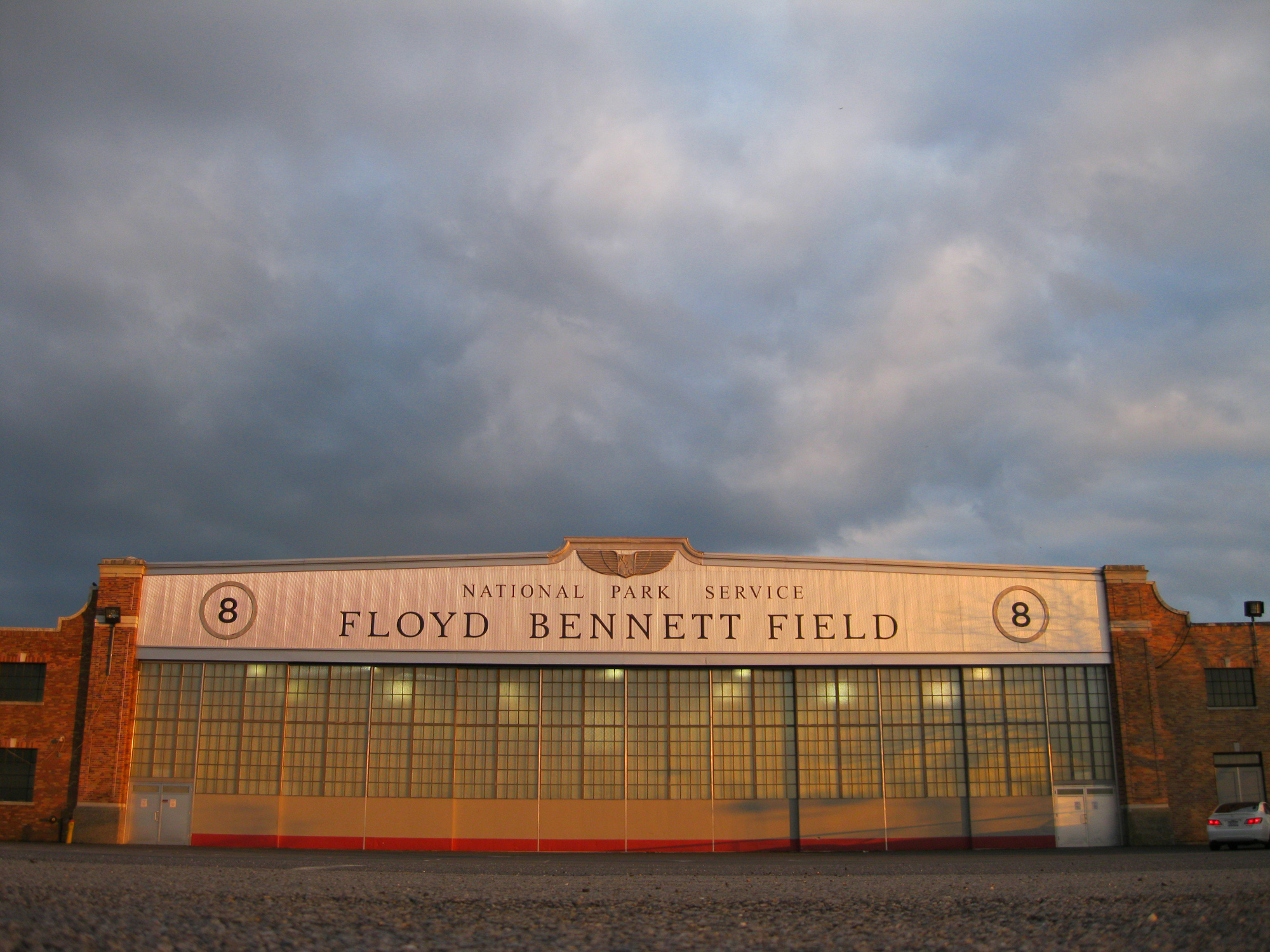Floyd Bennett Field to house asylum seekers

MARINE PARK — Floyd Bennett Field in Marine Park, in its 92-year history has contained many things: A commercial airport, a staging point for many record-breaking solo flights, a U.S. Navy air base, a police helicopter base, a museum where historic aircraft are restored and displayed, and a space where enthusiasts fly their remote-controlled model planes.
And as if that weren’t enough, it’s also home to one of the city’s largest community gardens. Now it will have one more use — a shelter for asylum seekers, according to an announcement made on Monday by Gov. Kathy Hochul.
“After months of negotiations, the Biden Administration has provided us with a tentative contract that would allow New York to utilize Floyd Bennett Field as a shelter for asylum seekers,” she said.